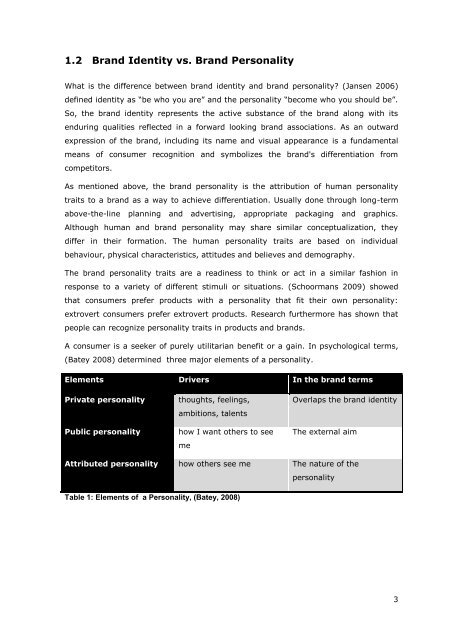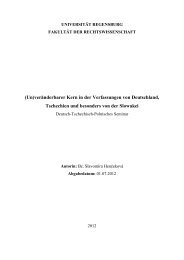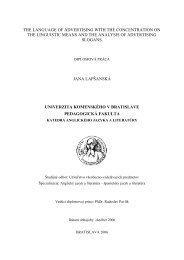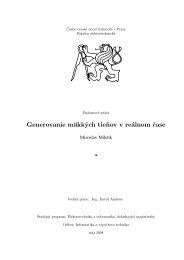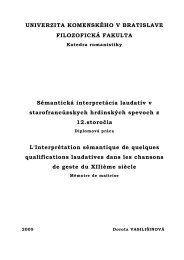Designing Brand Personality Using the Power of Archetypes ...
Designing Brand Personality Using the Power of Archetypes ...
Designing Brand Personality Using the Power of Archetypes ...
You also want an ePaper? Increase the reach of your titles
YUMPU automatically turns print PDFs into web optimized ePapers that Google loves.
1.2 <strong>Brand</strong> Identity vs. <strong>Brand</strong> <strong>Personality</strong><br />
What is <strong>the</strong> difference between brand identity and brand personality? (Jansen 2006)<br />
defined identity as “be who you are” and <strong>the</strong> personality “become who you should be”.<br />
So, <strong>the</strong> brand identity represents <strong>the</strong> active substance <strong>of</strong> <strong>the</strong> brand along with its<br />
enduring qualities reflected in a forward looking brand associations. As an outward<br />
expression <strong>of</strong> <strong>the</strong> brand, including its name and visual appearance is a fundamental<br />
means <strong>of</strong> consumer recognition and symbolizes <strong>the</strong> brand's differentiation from<br />
competitors.<br />
As mentioned above, <strong>the</strong> brand personality is <strong>the</strong> attribution <strong>of</strong> human personality<br />
traits to a brand as a way to achieve differentiation. Usually done through long-term<br />
above-<strong>the</strong>-line planning and advertising, appropriate packaging and graphics.<br />
Although human and brand personality may share similar conceptualization, <strong>the</strong>y<br />
differ in <strong>the</strong>ir formation. The human personality traits are based on individual<br />
behaviour, physical characteristics, attitudes and believes and demography.<br />
The brand personality traits are a readiness to think or act in a similar fashion in<br />
response to a variety <strong>of</strong> different stimuli or situations. (Schoormans 2009) showed<br />
that consumers prefer products with a personality that fit <strong>the</strong>ir own personality:<br />
extrovert consumers prefer extrovert products. Research fur<strong>the</strong>rmore has shown that<br />
people can recognize personality traits in products and brands.<br />
A consumer is a seeker <strong>of</strong> purely utilitarian benefit or a gain. In psychological terms,<br />
(Batey 2008) determined three major elements <strong>of</strong> a personality.<br />
Elements Drivers In <strong>the</strong> brand terms<br />
Private personality<br />
Public personality<br />
thoughts, feelings,<br />
ambitions, talents<br />
how I want o<strong>the</strong>rs to see<br />
me<br />
Overlaps <strong>the</strong> brand identity<br />
The external aim<br />
Attributed personality how o<strong>the</strong>rs see me The nature <strong>of</strong> <strong>the</strong><br />
Table 1: Elements <strong>of</strong> a <strong>Personality</strong>, (Batey, 2008)<br />
personality<br />
3


